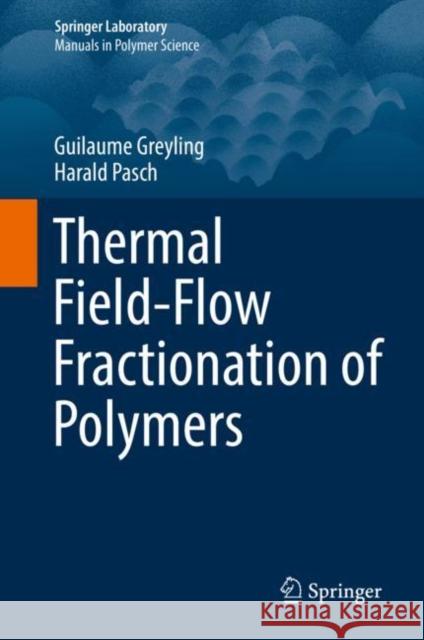Thermal Field-Flow Fractionation of Polymers » książka
topmenu
Thermal Field-Flow Fractionation of Polymers
ISBN-13: 9783030106492 / Angielski / Twarda / 2019 / 116 str.
Kategorie BISAC:
Wydawca:
Springer
Seria wydawnicza:
Język:
Angielski
ISBN-13:
9783030106492
Rok wydania:
2019
Wydanie:
2019
Ilość stron:
116
Waga:
0.36 kg
Wymiary:
23.39 x 15.6 x 0.97
Oprawa:
Twarda
Wolumenów:
01
Dodatkowe informacje:
Wydanie ilustrowane











